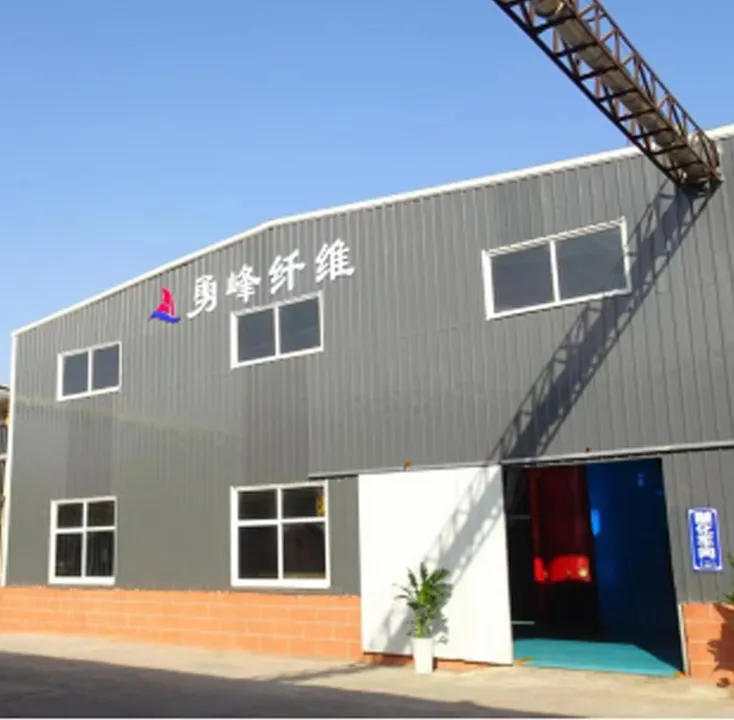The Role of HPMC in Modern Chemical Applications
Hydroxypropyl Methylcellulose (HPMC) is a non-ionic cellulose ether that has gained significant traction in various industrial applications due to its versatile properties. As a modified form of cellulose, HPMC has become a key player in sectors ranging from pharmaceuticals to construction, food, and cosmetics. Its unique chemical structure imparts various functional characteristics, making it an essential ingredient in many formulations.
Chemical Structure and Properties
HPMC is derived from natural cellulose, which is obtained from plants. The modification process involves etherification, where propylene oxide and methyl chloride are introduced to the cellulose chain, resulting in a compound with distinctive properties. The degree of substitution, which refers to the number of hydroxyl groups replaced by hydroxypropyl and methoxyl groups, can be tailored during the production process. This allows manufacturers to produce HPMC with specific viscosities and solubility characteristics, tailored to meet the needs of different applications.
One of the key properties of HPMC is its water solubility. Depending on the degree of substitution, HPMC can dissolve in cold or hot water to form a viscous gel. This property is particularly beneficial in formulations requiring controlled viscosity and stability. Additionally, HPMC exhibits excellent film-forming capabilities, which are crucial for applications such as coatings and adhesives.
Pharmaceutical Applications
In the pharmaceutical industry, HPMC plays a vital role in drug formulation. It is widely used as a binder, thickener, and emulsifying agent in tablets, capsules, and gels. The gel-forming ability of HPMC makes it an ideal candidate for controlled-release drug formulations, allowing for the slow and sustained release of active ingredients over an extended period. This aspect is particularly beneficial for patients requiring consistent dosing without the need for frequent administration.
Moreover, HPMC is favored in the production of ophthalmic formulations due to its bioadhesive properties, enhancing the retention time of the medication in the eye. Its inert nature means it does not interact with the active pharmaceutical ingredients, ensuring the safety and efficacy of the medication.
hpmc chemic

Construction Industry Uses
Beyond pharmaceuticals, HPMC is widely utilized in the construction sector. It is a critical component in cement-based materials, tile adhesives, and wall putties. Its ability to retain water improves the workability of these mixtures, allowing for better adhesion and bonding during application. Furthermore, the addition of HPMC can enhance the mechanical properties of the final product, such as increased tensile strength and flexibility.
In the context of dry mortar products, HPMC serves as a vital additive that helps achieve the desired consistency and performance. It also acts as a stabilizer, preventing the premature setting of the material, which is particularly advantageous when working in varying environmental conditions.
Food and Cosmetic Applications
The food industry also benefits from HPMC, where it serves as a thickening and emulsifying agent. It is commonly found in a variety of food products, including sauces, dressings, and baked goods. HPMC’s ability to improve texture and stability while being non-toxic and tasteless makes it a valuable ingredient in the culinary realm.
In cosmetics, HPMC acts as a rheology modifier, controlling the flow properties and texture of creams, lotions, and gels. Its film-forming ability enhances the overall aesthetic appeal of cosmetic products, leading to a smoother application and improved skin feel.
Conclusion
HPMC has emerged as a multifunctional compound with a broad spectrum of applications across various industries. Its unique chemical properties facilitate its extensive use in pharmaceuticals, construction, food, and cosmetics, highlighting its versatility and importance. As research continues to unveil new applications and benefits, HPMC is likely to remain a critical component in innovation and product development within these fields. With an increasing push towards sustainability and the use of non-toxic materials, HPMC’s natural origins and adaptability position it as a favorable candidate for future advancements in chemical applications.
-
Rdp Powder: Key Considerations for Wholesalers in the Building Materials IndustryNewsJul.08,2025
-
Key Considerations for Wholesalers: Navigating the World of Hpmc - Based ProductsNewsJul.08,2025
-
Hpmc Detergent: Key Considerations for WholesalersNewsJul.08,2025
-
Key Considerations for Wholesalers: China Hpmc For Tile Adhesive, Coating Additives, Concrete Additives, and MoreNewsJul.08,2025
-
Crucial Considerations for Wholesalers: Navigating the World of Construction MaterialsNewsJul.08,2025
-
Key Considerations for Wholesalers Sourcing Additive For Cement, Additive For Concrete, Additive For Putty from Additive Manufacturer Shijiazhuang Gaocheng District Yongfeng Cellulose Co., Ltd.NewsJul.08,2025




